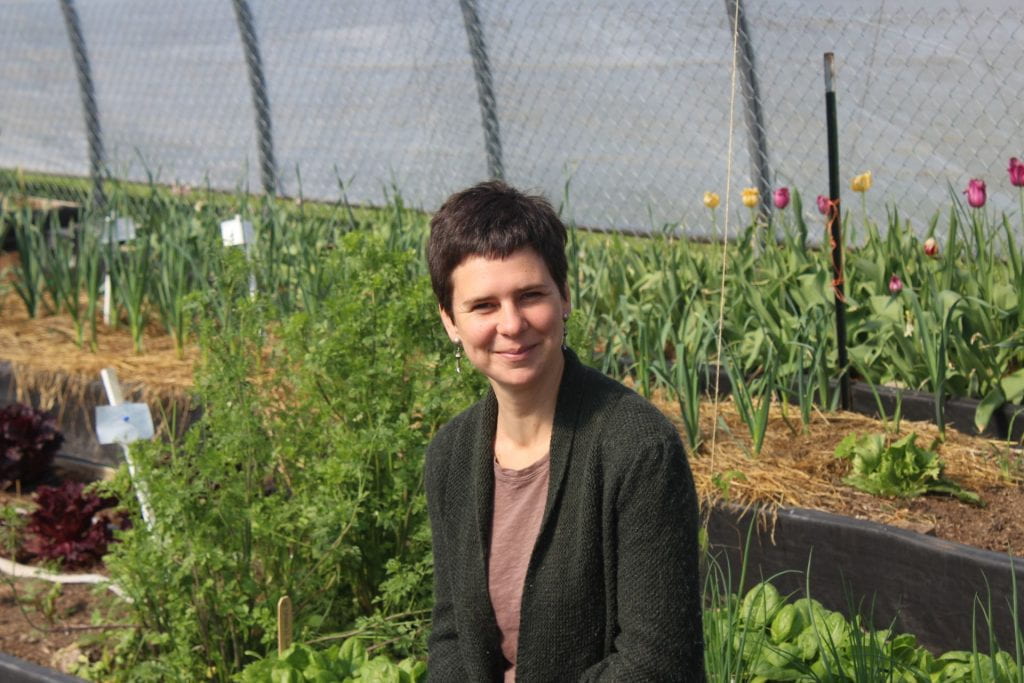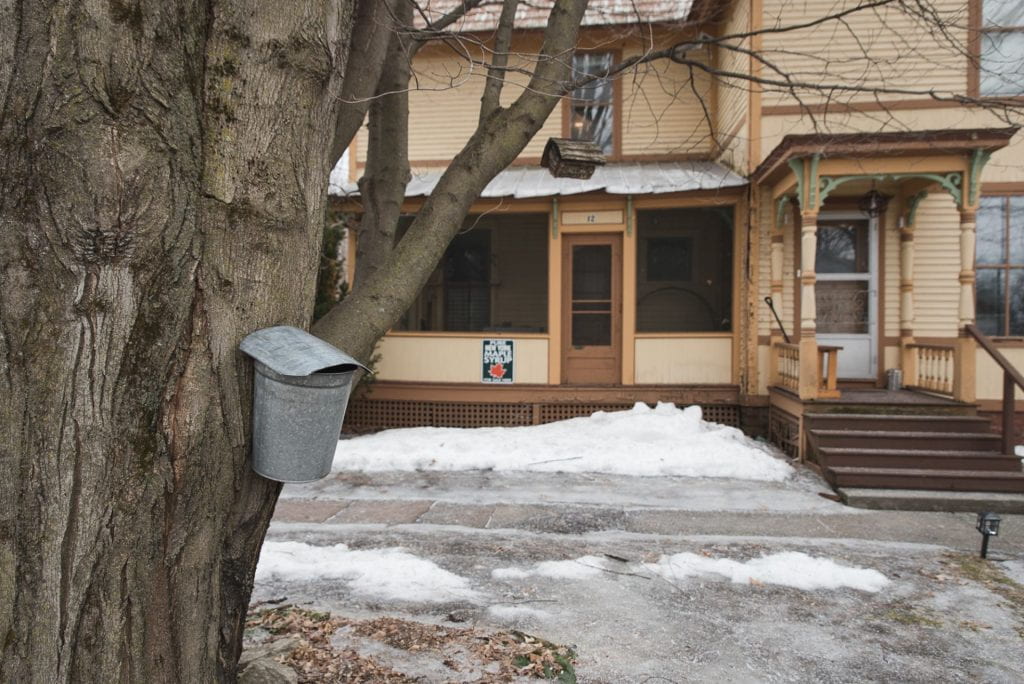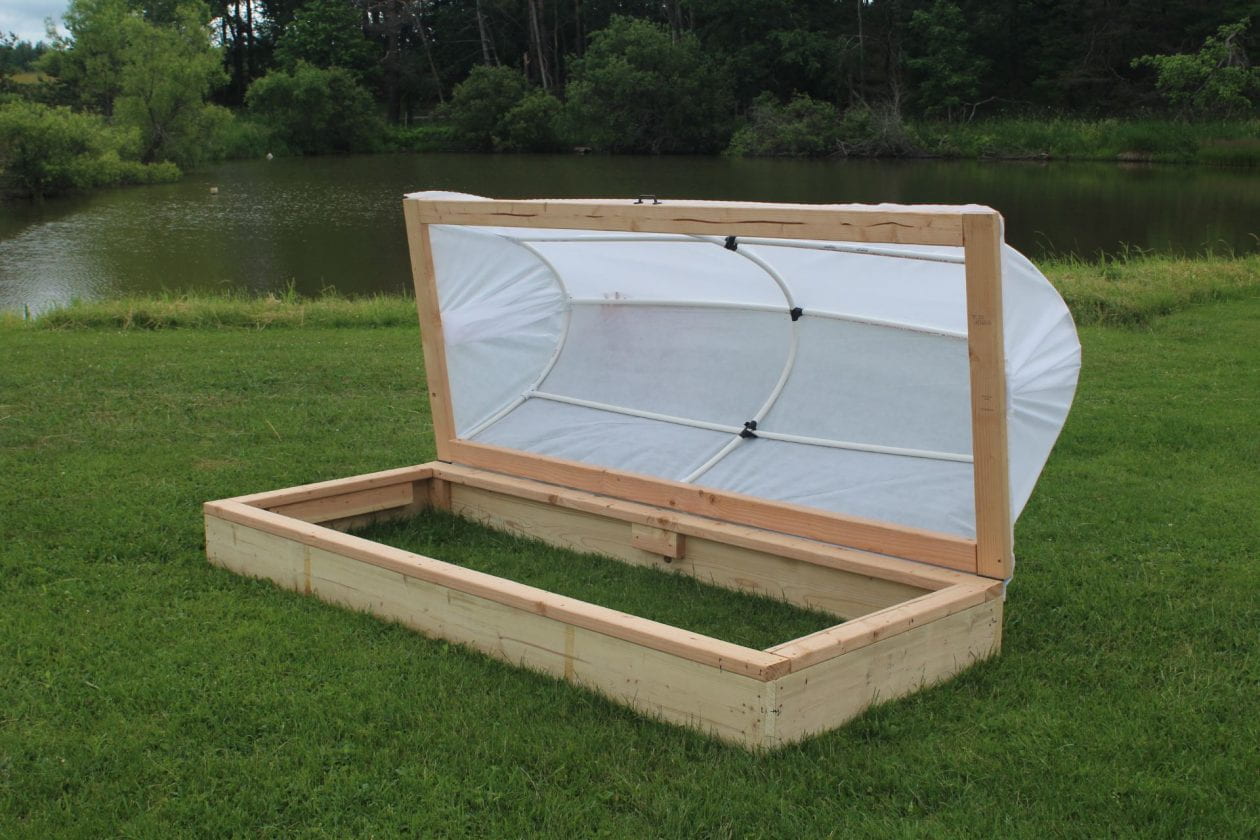What is your role on the local foods team?
I’m the Community Horticulture Educator, so I help county residents with gardening questions and skill-building through programming. I also coordinate a dedicated group of Master Gardener Volunteers who amplify this work, and I teach classes to the public as well as BOCES Ag Studies Academy students, NorthWind after-school students, and 4H.
How did you come to be in the North Country?
I consider my dad both a local and a back-to-the-lander. He left after college and returned to the North Country with a young family. A generation later I followed that same trajectory. I left the area for college in 2000 and returned with my partner and first child in 2013 after some years pursuing farming, community gardening, and cooperative living in Ithaca and Boston. The land prices here are a real draw and enabled my family to start an orchard and garden and to pasture goats and chickens. Raising my kids in the same special place that formed me has been a real gift. I believe the North Country forges resilient, resourceful, appreciative people.


